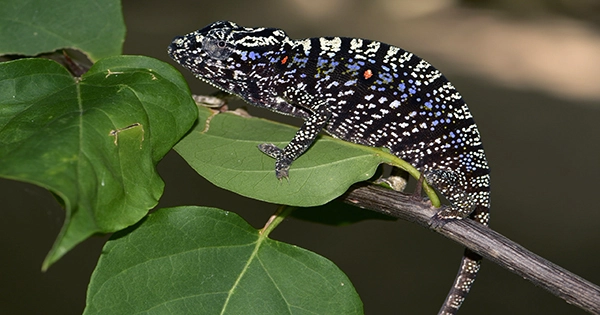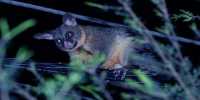How can you know if a species has died out? It’s a difficult subject, but one that Re:wild is interested in, as they’ve been running their Search for Lost Species initiative for the past five years. They’ve discovered eight of their “25 most desired” lost species to science in that period, indicating that species aren’t always as lost as they appear. The Somali sengi, commonly known as the elephant shrew, made the comeback of the (half) century in 2020 when it was discovered after being lost to science for 50 years. The mouse-sized, wibbly-nosed shrew was considered to be extinct following its last sighting in 1968, until it was rediscovered near the Horn of Africa.
Re:wild is amending its 25 most sought list to add eight more little-known and unique species to replace those that were identified, in the hopes of more successes like this one. The new contributions are from 17 different countries and have all been lost to science for at least ten years, if not much longer. According to Re:wild, a fish that is the only known catfish in the world to be packing rings of fatty tissue along its body, “the closest a fish could go to the Michelin Man” has now joined the list. The fat catfish is a large fugitive that has been absent from Colombia since 1957.
Hearing aids may be useful when hunting. Re:wild is on the hunt for the New Zealand kakako bird, which hasn’t been spotted since 2007. The call of this bird is similar to that of a flute. New Zealanders, keep your ears open. The Fagilde’s trapdoor spider from Portugal, which has been missing since 1931, is among the notable new names on the list. This elusive arachnid is a showoff, moving its feet in an attempt to attract a mate. Because they live in horizontal traps that are meant to go unseen by passing prey, trapdoor spiders may provide an extremely complicated lost species.
In a statement, Nigel Babbage, head of the South Island Kakako Charitable Trust, stated, “Recovering the South Island kakako, one of New Zealand’s ancient wattlebird species, is a responsibility of care we have to ourselves as Kiwis and to global biodiversity.” “Our first goal right now is to figure out where it might be able to live in our vast southern woodlands. Its transcendently lovely sounds should be restored to the chorus of natural birdsong.” With the large puma fungus from South America and the Pernambuco holly from Brazil, the quest isn’t limited to animals. The fungus hasn’t been observed since 1988, although the Pernambuco holly has been on the lamb for almost 200 years, with the last recent sighting in 1838.
“We weren’t sure if anyone would rediscover any of the creatures on our most sought list when we began the Search for Lost Species,” said Barney Long, Re:senior wild’s director of conservation strategies and a Search for Lost Species program lead, in a statement. “Each new revelation has reminded us that hope can be found in the most unlikely places, and that these stories of ignored – yet interesting – species can be a potent antidote to despair.”
















